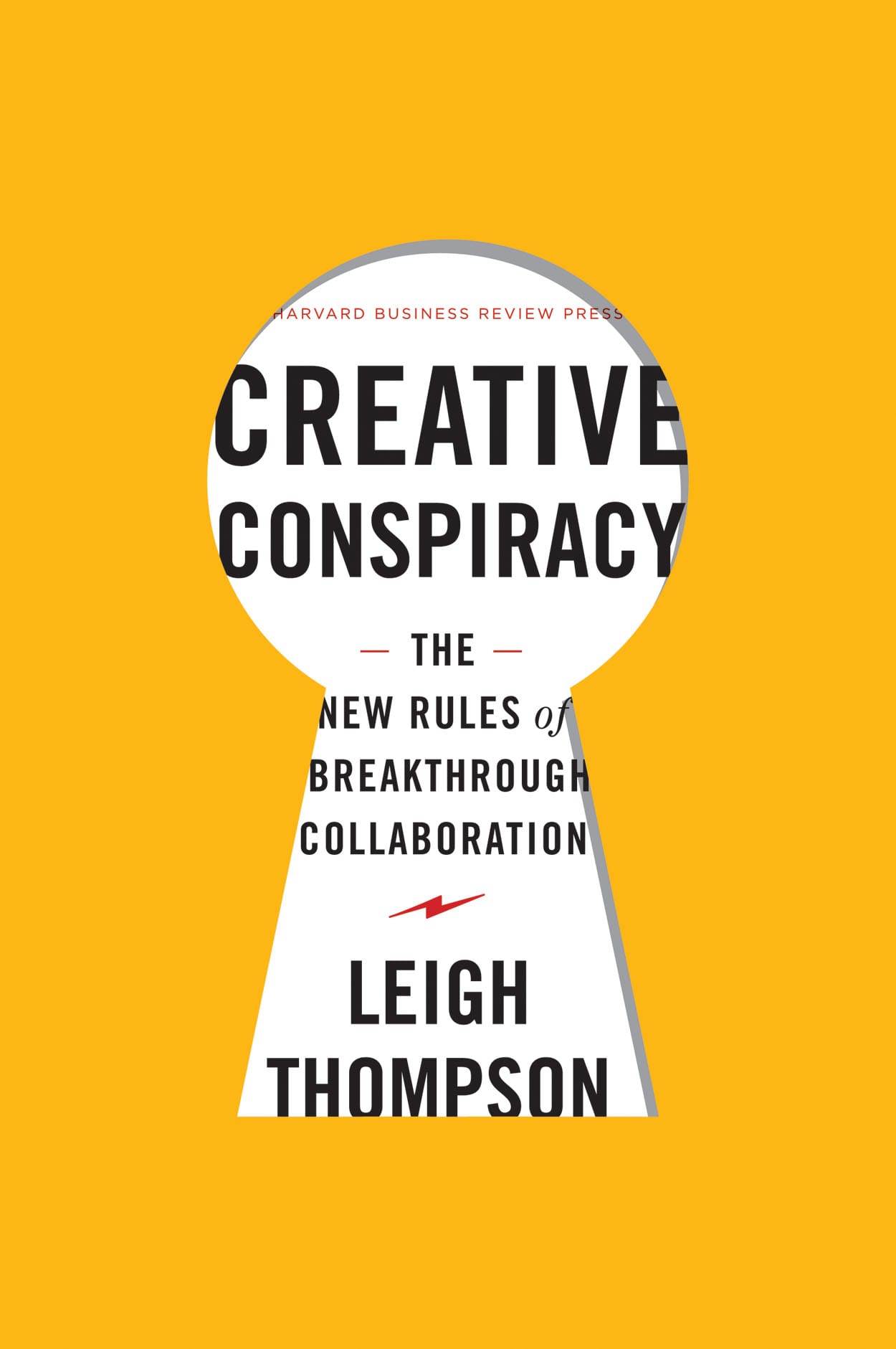Face time: 4 rules for optimizing collaboration
This is a guest blog post by Leigh Thompson, Professor at the Kellogg School of Management and author of the new book, Creative Conspiracy: The New Rules of Breakthrough Collaboration. Professor Thompson’s research focuses on work-based conflict and team creativity and collaboration.
Professor Thompson will be a studio guest during Digital Workplace 24, which will take place on 14 and 15 May. Digital Workplace 24 (#DW24) is a 24-hour online show about intranets, digital working and the future of work. You can register for free or view the event schedule to learn more.

Not surprisingly, many companies and teams walk a tightrope in the new “Collaboration Economy”. On the one hand, face-to-face collaboration is well… out of style when we have fancy go-to-meeting platforms and expensive IT equipment begging to be deployed. On the other hand, face-to-face meetings are often stunningly frustrating. What to do?
Before you get out your coin to flip as to whether we meet virtually or face-to-face, let’s think about how to craft more effective collaboration so that we minimize frustration and maximize the team’s potential for creativity.
In my book, Creative Conspiracy, I tackle the question of how to leverage the latent creative talent of teams. It involves two key things: taking much more control of the face-to-face time that teams spend together and introducing hybrid processes in which groups cycle in and out of virtual-traditional teamwork. In the Collaboration Economy, it is important to be just as savvy about our face-to-face endeavours as our virtual endeavours.
Four ways to optimize face-to-face collaboration
Here are some cost-effective steps you can take to increase the productivity of face-to-face meetings:
1. Brainwriting: We’ve all heard of brainstorming, but most people have not heard of, much less practised, brainwriting. Brainwriting is the unconstrained written generation of ideas. On a practical level, the next time you go to a meeting, bring along 100 3×5 index cards and pass them out amongst the group. Give the group a challenge or pose a question and allow 5-10 minutes to write down as many ideas as they desire – each idea on its own card. Then, collect the cards and either post them for all to read or pass them around so that all can read or write on a flip chart. Caution everyone to follow two simple guidelines: no confessions and no guessing. As a final step, give everyone 4-5 post-it notes or stickers and invite them to vote for the ideas they like the most.
Teams that engage in brainstorming are more productive – in terms of idea generation – than are teams that don’t brainstorm. But, teams that engage in brainwriting are dramatically more productive at the idea generation process than those who simply brainstorm. Why? If there is a problem with brainstorming, it is the fact that only one person can speak at a given time. And if someone on the team is long-winded or alpha-dominant, this means we often don’t get to hear from others. Brainwriting neutralizes meeting tyrants.
2. Rules: When I ask team leaders what they do to unleash creativity in their teams, many of them tell me that they remove rules. However, this is not well-founded advice. In fact, teams that work under rules or guidelines are more productive in terms of generating ideas than teams that claim to not have rules. Why? This seems ass-backwards. The problem with removing rules is that people will then simply create more rules that are usually unspoken and create ambiguity which will create uncertainty and lead to cautionary behaviour. Far better to institute a few well-chosen rules and allow people to work within them.
3. Focus on quantity: Probably the biggest paradox when it comes to creativity is: a) that the way to enhance quality is by focusing on quantity; and b) if teams do focus purely on quality, they squelch quality. Think of it this way: the best ideas are often ones that evolve from dumb, boring, impractical, unrealistic and inappropriate ideas. There is always plenty of time to criticize.
4. Get small: Like the American waistline, teams are getting too big and fat. In my research in Creative Conspiracy, I’ve found that the average team size is slowly but surely expanding. The average team size has increased by nearly three people in less than a decade. If your team is over 10 people, break into two sub-groups of five people and then rotate every few minutes during a brainstorming session.
The importance of these rules on effective in-person collaboration should be a lesson for those trying to support online collaboration within large companies. If face-to-face collaboration, which we’ve all been doing for so long, can be so challenging, it could be a mistake to think technology will make virtual collaboration work any better.
Focus on face time and virtual collaboration equally
Managing collaboration in face-to-face teams should get every bit of the attention that we give virtual teams. The good news is that you don’t need an advanced computer science degree or the latest IT training to bring out your team’s full potential.
In our studies, we simply put the challenge on the team by asking them to generate 3-5 methods that they can follow in their next brainstorming session to increase their productivity. In our investigations this simple exercise results in a 57% increase in productivity in 93% of the groups we work with! Now that’s something we can get behind!
Categorised in: Collaboration

